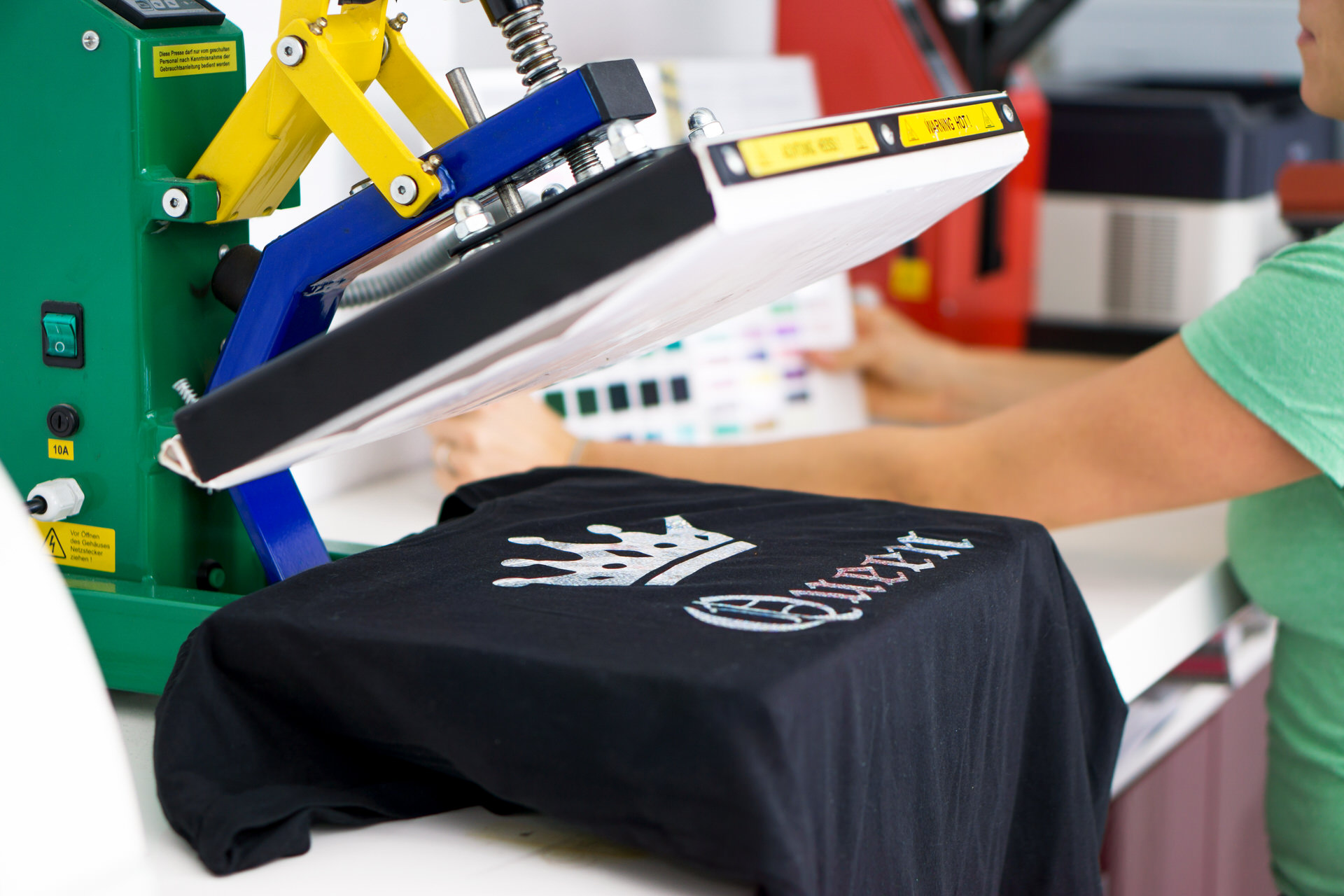REFLECTIVE
PRINT
A technique involving cutting out the elements from a reflective thermal film with a plotter and a heat-pressing the shapes / letters / logo onto fabric (reflective waistcoats, scarves, bags, T-shirts, etc.). An important requirement is the size of the elements to be cut out. We only use this method for so-called "thick lines", e.g. a large text on a piece of clothes or a compact element without embellishments. If it is necessary to print the reflective line elements, e.g. small, complicated logo with many lines - we use reflective transfer screen printing.


The visual effect of those both techniques is identical - the print reflects light at the same level as the reflective strips on a emergency waistcoat. The reflective printing is often mixed up with the cheaper glitter printing. Unfortunately, the difference is huge - although the glitter print shimmers as pretty flecks in daylight, it does not reflect any light at night. It is therefore not a reflective print at all. Reflective printing does not require a large number of orders due to separately preparing the files for the plotter, so the clothes can be labeled using this method from as little as 1 piece. Reflective screen printing, on the other hand, requires a bigger number of order due to the need to prepare the screens. The same rules are applied here as in standard screen printing.
OUR RECENT SCREEN PRINTING PROJECTS
Advantages
Reflective print
PRINT QUALITY
The print is highly reflective - the logo shines with reflected light just like the stripes on the reflective waistcoats.
DISCREET PRINT
Reflective printing is more discreet than the traditional colour printing.
SMALL QUANTITY OF ORDERS
Thicker print lines, e.g. reflective prints on the back, made by reflective transfer film do not require any minimum quantities - we make them starting with 1 piece.
Frequently asked questions
In order to consult you about the reflective printing service, we need to see the file needed to be printed - only in this case are we able to assess which technique will we use to make the print. It is also necessary to specify the quantity of the products to be printed.
No, gloss and glitter prints, although they shimmer nicely in daylight, do not reflect light at night. They are also much cheaper and inferior in quality to reflective printing.
Yes, the material we use is certified in accordance to EN 471, the European standard for reflectivity.
Unfortunately not, especially if a lot of thin reflective lines need to be printed on, for example, flexible clothes. This is going to be an impermanent print and we do warn our customers about it in advance.
Yes, but it should be handled with care and the clothes should not be washed at a temperature higher than 30⁰C.
In daylight it is a slightly shimmering grey, and in the dark reflecting the light it becomes completely white.
Do you need more information?
Text to us to consult for the printing technique - we will match the best solution to your project, taking into account the quantity, budget and the desired final result.

